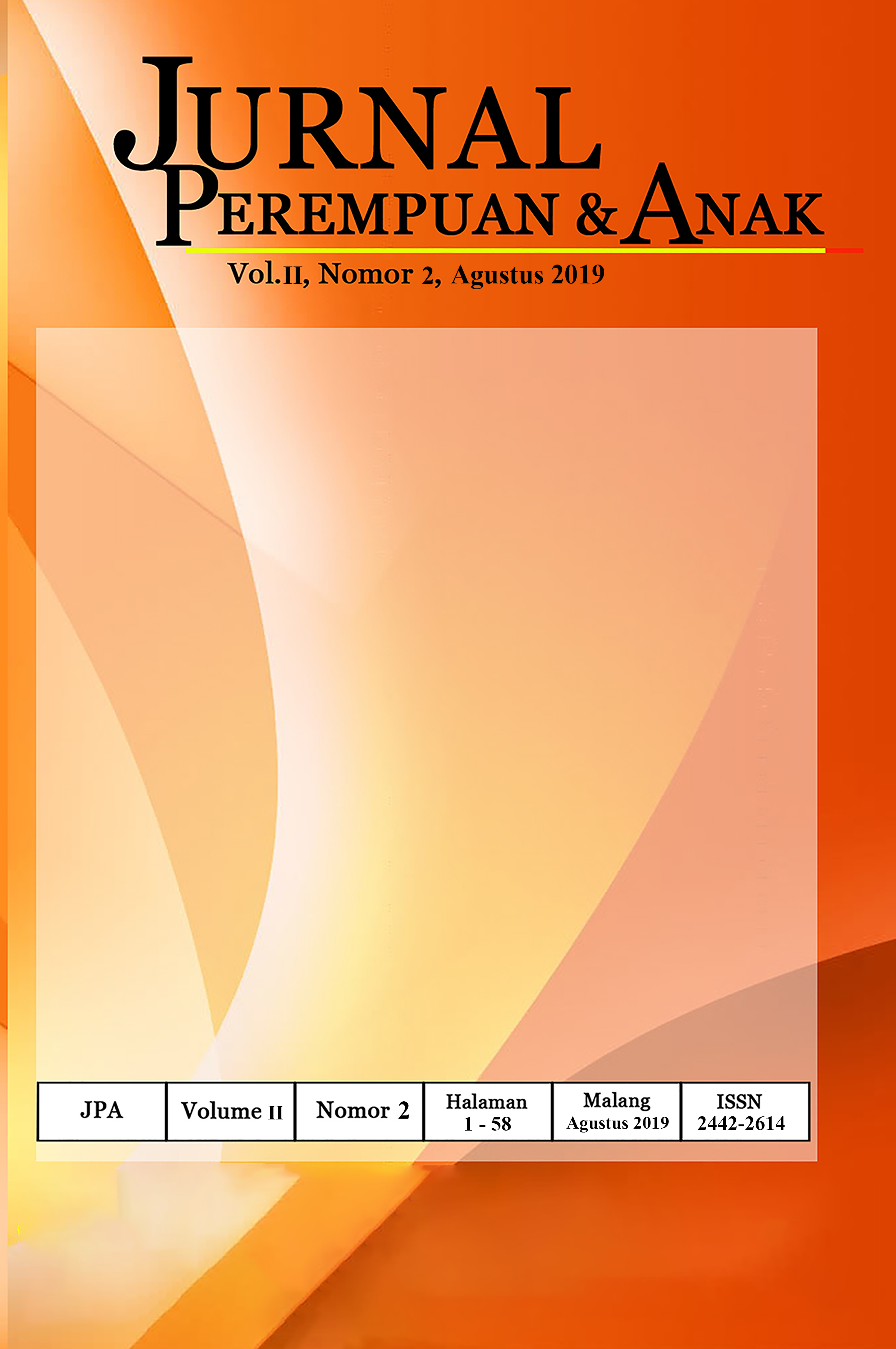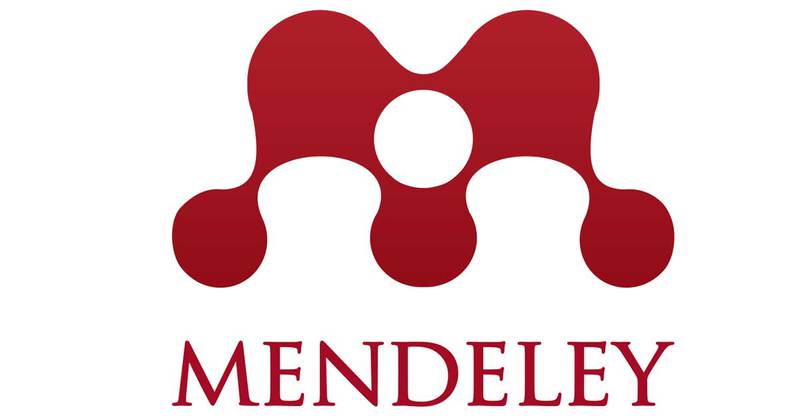THE STUDY OF GENDER INEQUALITY FOUND IN DEBORAH ELLIS’S NOVEL “THE BREADWINNER”
DOI:
https://doi.org/10.22219/jpa.v2i2.9661Keywords:
inequality, gender, novelAbstract
Inequality is clearly an important issue that requires much more attention in the world. Inequality practices in the community still trapped in the old paradigm such as treat someone by their race, culture, religion, and gender. However, is not easy to eliminate an inequality in the soceity. The current study analyze the topic namely gender inequality that happened to the main character’s life in “The Breadwinner” novel by Deborah Ellis. This study aimed to analyse the kind of inequality and the effect of it on main character’s life, the writer used qualitative descriptive method. Moreover, Parvana as a main character was selected based on her experience in gender inequality. In addition, Longwe’s women empowerment framework was used to prove that there are gender inequality happen in the story of the novel. The result showed that gender inequality positively occurs in the life of the main character because the story of the novel does not fullfil the five levels of equality (welfare, access, conscientisation, participation, and control) that Longwe describes in her women empowerment framework. Moreover, the lack of equality that happend in the story has resulted in several negative effects such as poverty, lack of choice, absence of security, discrimination, and power abuse.Downloads
References
Ary, D., Jacobs, & Sorensen, C. (2010). Introduction to Research in Education. California: Wadsworth, Cengage Learning.
Aday, L. A. (1993). Access to what and why? Toward new generation of access indicators. Proceeding of the public health conference on records and statistic. Whasington, D.C.: U.S. Government Printing Office.
Beresford, B., & Sloper, T. (2008). Understanding the Dynamics of Decision-Making and Choice: A Scoping Study of Key Psychological Theories to Inform The Design and Analysis of the Panel Study, 2215, 25-32. 2008
Carpentier, Nico. (2012). The concept of participation. Journal for Communication Management, 16(2), 165-169. doi:10.4013/fem.2012.142.10
Ellis, D. (2002). The Breadwinner. Toronto, Ontario: A Groundwood book/Dougglas & Mcityre.
Freire, Paulo. (2000). Cultural action for freedom. Boston: Harvard Educational Review.
Galliano, G. (2003). Gender (Crossing Boundaries). Singapura: Thomson.
Goodyear, M., (2008). Literary Theory, The Novel and Science Media Montana. Journal of Sociologist for Women in Society, 20(4), 441-464.
doi: 10.1177/0891243206289499
Islam, A. (2016). Introduction To Literature “A Guide for The Understanding of Basic Literature”. Malang, Jawa Timur: Intrans Publishing Group
Yin, R.. (2011). Qualitative Research from Start to Finish. New york: The Guilford Press.
Kathori, C. R.. (2007). Research Methodology: Method & Techniques. Rajhastan, India: New Age International Publisher.
Kiral, I., Ashby, J., Lewandowsky, L., Smith, I., & Odenat, L. (2012). Gender Inequality and Its Effects in Females Torture Survivors. Journal of Psychology, 3(4), 578-583. doi:org/104236/psych.2012.34050
Latief, M. (2016). Research Methods on Language Learning An Introducton. Malang: State University of Malang.
Lestari, N., (2015). Violation Human Rights Reflected In Malala Yousafzai & Christina Lamb’s I am Malala. Surakarta: Education Department University of Surakarta, 5-24.
March, C., Smyth, I., & Mukhopadhyay, M. (2005). A Guide To Gender-Analysis Frameworks. Banbury Road, Oxford: Oxfam GB Publication.
Mansour, F. (1996). Analisis Gender dan Transformasi Perempuan. Yogyakarta: Pustaka Pelajar
Marczyk, G., Matteo, D., & Festinger, D. (2005). Essentials of Research Design and Methodology. Hoboken, New Jersey: John Wiley & Sons, Inc.
Neckerman. K., & Torche. F., (2007). Inequality: Causes and Consequences. The Anual Review of Sociology, 33, 340-345. doi:10.1148/annurev.soc.33.040406.131755
Reeves, H., & Baden. S., (2000). Gender and Development: Concepts and Definitions. Journal for gender development, 55, 6-11
Stelmaszek, B., (2011). Gender Inequality in the Afghanistan National Development Strategy. Vienna: University of Vienna.
Shastri, A. (2014). Gender Inequality and Women Discrimination. IOSR Journal of Humanities and Social Science, 19(11), 27-30. Retrieved from http://www.iosrjournals.org/iosr-jhss/papers/Vol19-issue11/Version-7/E0191172730.pdf
Terry, E. (2003). Literary Theory an Introduction. (8th ed., 29-31). Great Britain: Blackwell Publishers Ltd.
United Nation (UN). (2010). Human Rights Dimension of Poverty in Afghanistan, Kabul : Office of The High Commissioner for Human Rights.
Handayani, T., Sugiarti., Dharma, S. (2008). Konsep dan Teknik: Penelitian Gender. Malang: University of Muhammadiyah Malang (UMM) Press.
Downloads
Published
How to Cite
Issue
Section
License
Authors who publish with Jurnal Perempuan dan Anak (JPA) agree to the following terms:
- For all articles published in Jurnal Perempuan dan Anak (JPA), copyright is retained by the authors. Authors give permission to the publisher to announce the work with conditions. When the manuscript is accepted for publication, the authors agree to automatic transfer of the publishing right to the publisher.
- Authors retain copyright and grant the journal right of first publication with the work simultaneously licensed under a Creative Commons Attribution-ShareAlike 4.0 International License that allows others to share the work with an acknowledgment of the work's authorship and initial publication in this journal.
- Authors are able to enter into separate, additional contractual arrangements for the non-exclusive distribution of the journal's published version of the work (e.g., post it to an institutional repository or publish it in a book), with an acknowledgment of its initial publication in this journal.
- Authors are permitted and encouraged to post their work online (e.g., in institutional repositories or on their website) prior to and during the submission process, as it can lead to productive exchanges, as well as earlier and greater citation of published wor (See The Effect of Open Access).
This work is licensed under a Creative Commons Attribution-ShareAlike 4.0 International License








